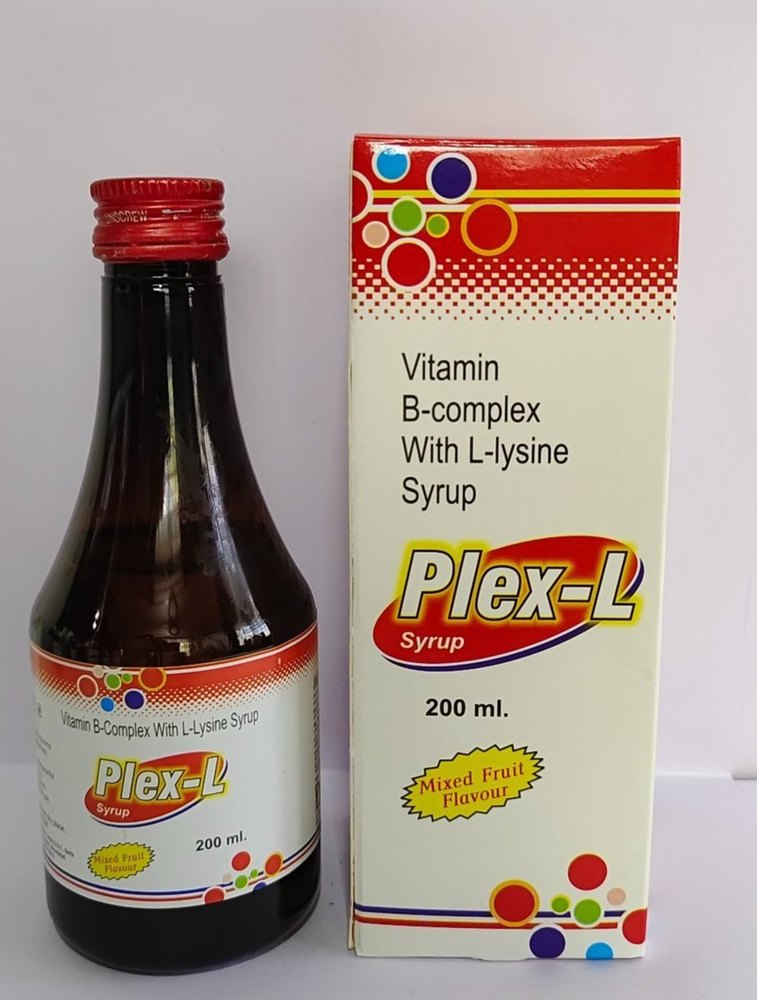Vezolid
Vezolid Tablet (Linezolid 600mg)
Manufactured by: Vega Pharma Price in Damak, Koshi Province, Nepal: NPR 60.00
This tablet contains Linezolid, an antibiotic primarily used for serious infections, especially those resistant to other treatments.
What it Treats:
- Pneumonia: Community-acquired (from outside hospital) and nosocomial (hospital-acquired).
- Skin & Skin Structure Infections: Both uncomplicated and complicated.
How to Take:
- Adults: Typically 600 mg every 12 hours. Duration depends on the infection (e.g., 10-14 days for pneumonia/skin infections, 14-28 days for VRE).
- Children: Doses are weight-based (e.g., 30 mg/kg/day every 8 hours for younger children, 1200 mg/day every 12 hours for older children).
- Can be taken with or without food.
- No dose adjustment for mild-moderate liver or kidney impairment. Take after hemodialysis if applicable.
Important Warnings:
- Do not use if allergic to Linezolid.
- Crucially, do NOT take with MAOIs (antidepressants) or certain other medications that affect serotonin or blood pressure (e.g., specific antidepressants, cold medicines, triptans, dopamine agents). This can lead to dangerous interactions.
- Use with caution if you have pre-existing bone marrow issues, severe kidney disease, high blood pressure, history of seizures, or certain mental health conditions.
- Not recommended during pregnancy or breastfeeding.
- Your doctor will monitor your blood counts weekly.
- Can cause nerve damage (neuropathy) and vision problems with prolonged use.
Possible Side Effects:
Common side effects include diarrhea, headache, nausea, and vomiting. Serious but less common effects can include bone marrow suppression (leading to low blood counts), lactic acidosis, and serotonin syndrome (from drug interactions).
₨60.00
Ask about productDescription
Vezolid Tablet (Linezolid 600mg)
Manufactured by: Vega Pharma Retail Price (in Damak, Koshi Province, Nepal): NPR 60.00
What is Vezolid Tablet Used For?
Vezolid Tablet, containing Linezolid, is an antibiotic primarily used to treat serious bacterial infections, especially those caused by resistant bacteria. It’s prescribed for:
- Community-acquired pneumonia: Lung infection acquired outside of a hospital.
- Nosocomial pneumonia: Pneumonia acquired in a hospital setting.
- Skin and skin structure infections: Infections affecting the skin and underlying tissues, including complicated and uncomplicated cases.
How to Take Vezolid Tablet
Vezolid tablets can be taken with or without food.
Adult Dosing (including elderly patients):
- Uncomplicated skin and skin structure infections: 400 mg every 12 hours for 10-14 days.
- Vancomycin-resistant Enterococcus faecium (VRE) infections: 600 mg every 12 hours for 14-28 days.
- Methicillin-resistant Staphylococcus aureus (MRSA) infections: 600 mg twice daily for 7-21 days.
- Community-acquired pneumonia, Nosocomial pneumonia, Complicated skin and skin structure infections: 600 mg every 12 hours for 10-14 days.
- Elderly patients: No dosage adjustment is needed.
- Mild to moderate hepatic (liver) impairment: No dosage adjustment is needed.
Child Dosing (Oral):
- Pneumonia, complicated skin infections, vancomycin-resistant enterococci:
- Birth–11 years: 30 mg/kg/day every 8 hours.
- Over 11 years: 1,200 mg/day every 12 hours.
- Uncomplicated skin infections:
- Birth–5 years: 30 mg/kg/day every 8 hours.
- 5–11 years: 20 mg/kg/day every 12 hours.
- Over 11–18 years: 1,200 mg/day every 12 hours.
Renal (Kidney) Dosing:
- No dosage adjustment is typically needed for kidney impairment. If on hemodialysis or CAPD, an initial dose may be 500-750 mg daily, followed by 250-500 mg every 48 hours. It’s not known if linezolid or its metabolites are removed during peritoneal dialysis. Give after hemodialysis sessions.
Important Considerations & Warnings
Do Not Use If:
- You have a known hypersensitivity (allergy) to Linezolid or any of its components.
- You are currently taking or have taken within the last two weeks any monoamine oxidase inhibitors (MAOIs) (e.g., phenelzine, isocarboxazid) or other medications that affect serotonin or blood pressure, such as:
- Sympathomimetic agents (e.g., pseudoephedrine)
- Vasopressive agents (e.g., epinephrine, norepinephrine)
- Dopaminergic agents (e.g., dopamine, dobutamine)
- Serotonin re-uptake inhibitors (SSRIs), tricyclic antidepressants (TCAs), serotonin 5-HT1 receptor agonists (triptans), meperidine, or buspirone.
- You have uncontrolled hypertension, pheochromocytoma, thyrotoxicosis, or carcinoid syndrome.
Special Precautions:
- Use with caution if you have:
- Pre-existing myelosuppression (reduced bone marrow activity).
- Severe kidney impairment (CrCl < 30 mL/min).
- A history of seizures, bipolar depression, schizophrenia, or acute confusional states.
- Chronic infections.
- Pregnancy or lactation: It’s not recommended as the drug is excreted in breast milk and safety in pregnancy is not fully established.
- Your doctor will monitor complete blood counts weekly during treatment, especially if used for more than 10-14 days.
Drug Interactions:
- May reduce serum levels when taken with rifampicin or phenytoin.
- May cause hypoglycemia (low blood sugar) with insulin or other oral antidiabetic medications.
- May increase the risk of seizures with tramadol.
- Potentially Fatal Interactions:
- Increased risk of serotonin syndrome (a serious drug reaction) when used with MAOIs, TCAs, SNRIs, or other serotonergic drugs (e.g., bupropion, mirtazapine, meperidine, trazodone).
- Significant increase in blood pressure with vasopressive agents (e.g., epinephrine), sympathomimetic agents (e.g., pseudoephedrine), and dopaminergic agents (e.g., dopamine).
Possible Side Effects
Side effects of Linezolid can include:
Common (>1%):
- Gastrointestinal: Diarrhea (common in both adults and pediatrics), nausea, vomiting, localized or generalized abdominal pain, loose stools, taste alteration, oral moniliasis (oral thrush), tongue discoloration.
- Nervous System: Headache, dizziness, vertigo.
- Other: Rash, vaginal moniliasis (yeast infection), abnormal liver function tests (LFTs), fungal infection, anemia, thrombocytopenia (low platelets), eosinophilia, itching.
Less Common (<1%) but Serious:
- Lactic acidosis (build-up of lactic acid in the blood).
- Myelosuppression (bone marrow suppression), including anemia, leukopenia (low white blood cells), pancytopenia (low all blood cells), and thrombocytopenia. This is particularly a risk with prolonged use (>10-14 days) and can be reversible.
- Peripheral neuropathy (nerve damage outside the brain/spinal cord).
- Disorder of the optic nerve (vision problems).
- Serotonin syndrome (see Interactions section).
- Transient ischemic attacks (mini-strokes).
- Renal failure (kidney failure).
- Stevens-Johnson syndrome (a severe skin reaction).
Potentially Fatal:
- Anaphylaxis (a severe, life-threatening allergic reaction).
How Vezolid Works (Mechanism of Action)
Linezolid, the active ingredient in Vezolid, is an oxazolidinone antibiotic. It works by inhibiting bacterial ribosomal protein synthesis, which means it stops bacteria from making the proteins they need to grow and multiply. It is primarily active against Gram-positive bacteria, including highly resistant strains like vancomycin-resistant enterococci (VRE) and Methicillin-resistant Staphylococcus aureus (MRSA). It has limited activity against Gram-negative bacteria.
Disclaimer: This information about Vezolid Tablet is for general knowledge and informational purposes only. It is not intended for diagnosis, medical advice, or treatment, nor is it a substitute for the exercise of professional judgment by a qualified healthcare professional. Always consult with your doctor or pharmacist for any health concerns or before taking any medication.
Additional information
| form | Oral Tablets |
|---|





Reviews
There are no reviews yet.